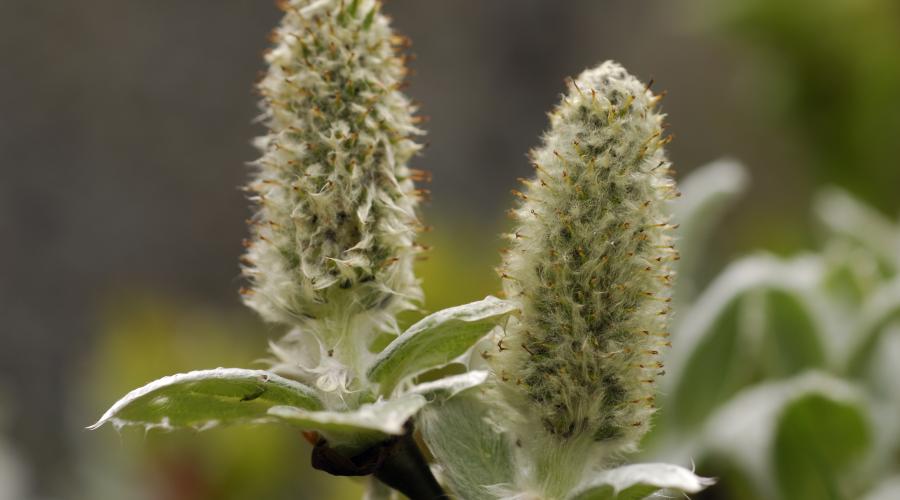
Corrie Fee NNR - Visiting the reserve
Visit Corrie Fee to explore rugged mountain scenery and a range of precious upland habitats.
Getting here
Corrie Fee NNR lies within the Cairngorms National Park, approximately 25 kilometres north of Kirriemuir. The reserve is best accessed from the car park and ranger base in Glen Doll, at the head of Glen Clova.
By car
From Kirriemuir, follow the B955 for 15 kilometres north to Clova Hotel at the end of Glen Clova. Take a left over a small bridge and follow the road for 5 kilometres to the Forestry and Land Scotland car park at Glen Doll.
Car park
Cost: £2.
Cars are not permitted beyond the Forestry and Land Scotland Glen Doll car park. The entrance to the reserve is a 3.5-kilometre walk along forest tracks.
DD8 4RD is the nearest postcode.
By public transport
The nearest bus stop is in Kirriemuir, 28.5 kilometres from the NNR entrance. Alternatively, the Royal Mail Post Bus will take you as far as Glen Doll Youth Hostel. This is near the Glen Doll car park – 4 kilometres from the entrance to the reserve.
Map
Take the B955 from Kirriemuir to the Glen Doll Ranger Base at the head of Glen Clova (car park with a small charge). Then walk two miles to the reserve through Glen Doll forest.
For visitors
Corrie Fee NNR - visiting the reserve leaflet
Our visit Corrie Fee NNR leaflet is a good introduction to the reserve.
Visitor centre
There is a visitor reception at the Angus Glens Ranger Base.
April to September: open 9am to 6pm.
October to March: open 9am to 4.30pm.
You’ll find informative displays about Glen Doll, Corrie Fee and the wider Cairngorms National Park. There are also leaflets on the local area, including walks in Glen Clova, Glen Doll and Glen Esk and cycling in the Angus Glens.
Telephone: 01575 550233
Find out more about AngusAlive and their 'What’s On’ programme for the Angus Glens.
Toilets
Toilets are available at the ranger base at the Glen Doll car park. There is a fully accessible toilet, which is open 24 hours a day.
Picnic areas
Enjoy a picnic on the tables on the grass next to the Glen Doll car park, with accessibility for wheelchairs and buggies.
Trails for all
Several trails start at the ranger base, including the Fee Trail up to the spectacular view at the entrance to Corrie Fee. This is a magical place to stop for a breather.
For the more adventurous, the path up through Corrie Fee is popular all year round with hillwalkers. The crags here are also well known for some of Scotland's best winter climbing.
You’ll see beautiful alpine flowers right next to the path. You may also spot rare dwarf mountain willows clinging to the high crags, as well as golden eagles and peregrine falcons.
Seasonal highlights
Mid-May to mid-July is best for alpine plants. The scenery is breathtaking at any time of year.
Spring
You’ll see some of the more common arctic-alpine plants – such as globeflower –close to the path. Spot dippers bobbing in and out of the Fee Burn looking for food – and perhaps an eagle high overhead. If you’re lucky you might a see a mountain hare looking for a mate.
Summer
Fluffy white cotton grass blows gently in the breeze and you can spot the distinctive sticky leaves of butterwort. Dragonflies and damselflies dance in the dappled sunlight around damp areas, and buzzards and peregrine falcons soar high above.
Autumn
The reserve changes colour. There are the russets and reds of leaves and berries on the rowan trees and the purple flowers of the heather. Listen in awe to the roar of the red deer rutting, and look out for shy roe deer in the woodland.
At this time of year, Corrie Fee is like a low-growing orchard, with tiny berries on the blaeberry, cowberry and crowberry. These offer vital food for birds and other wildlife.
Winter
In winter you get a real glimpse of the arctic and alpine environments at Corrie Fee. Snow can be very deep. The waterfall freezes regularly and there are always dramatic icicles.
Patches of snow linger well into spring in places, and they provide valuable protection for dwarf willow trees. Mountain hares in their white coats are perfectly camouflaged against the snow.
Find out more on
- Visiting the reserve leaflet
- About the reserve
- Visit more of our nature reserves
Related Links
- Designation and management of Scotland’s National Nature Reserves
- Learn more about other protected areas



